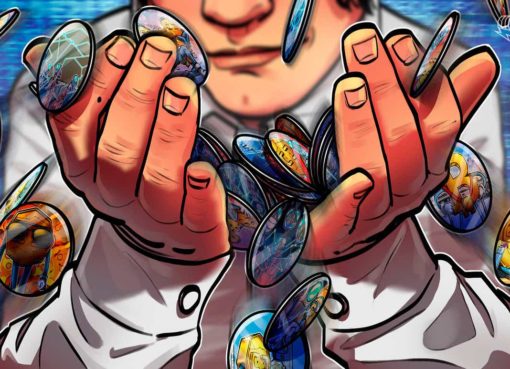[sociallocker id=”55298″]
Yasutaka Nakamoto is an engineer who is known as an ally of Colombian drug lord Pablo Escobar. Now he is believed to be a Bitcoin creator. There are even some facts that may prove this claim
One of the most interesting topics that linger in the world of cryptocurrencies is the identity of the man who created Bitcoin (BTC), the world’s first and biggest cryptocurrency. Since Bitcoin emergence in 2009, the identity of its creator(s) was generally known as Satoshi Nakamoto. A lot has been implied about the identity of this man, with Craig S. Wright self-proclaimed himself as Satoshi Nakamoto and he filed for BTC naming rights in 2019. A recent buzz making the headlines links the Escobars, the Colombian family through Pablo Escobar who built and managed the world’s most notorious drug cartel in history with the possible creator of Bitcoin Yasutaka Nakamoto.
Role of Yasutaka Nakamoto in the Medellin Cartel
The Medellin Cartel from Colombia is credited with being the first drug cartel to ferry cocaine into the United States. The cartel has an extensive functional distribution network paying off airline operators in a bid to make its deliveries. A story told by Olof Gustaffson, CEO of Escobar Inc, the company fronted for Pablo Escobar’s Cartel, is summarized thus:
“Yasutaka Nakamoto was a high-ranking engineer for Pacific West Airlines who worked for Colombian drug lord Pablo Escobar, smuggling drugs into the U.S. from South America. Yasutaka disappeared completely from public view in 1992 after surviving an assassination attempt by his former employer. He then resurfaced years later to create and launch Bitcoin. He is also supposedly the brother of Dorian Satoshi Nakamoto.”
Exploring the Likelihood of the Story
The creation of Bitcoin requires a lot of programming skills which could only come from someone with technical and computer skills. Yasutaka Nakamoto meets this qualification as an engineer with experience in microprocessors and semiconductors.
Yasutaka Nakamoto also fits the anonymous identity of Satoshi Nakamoto as he disappeared from the public scene after surviving an assassination attempt orchestrated by Pablo Escobar. Speculations have arisen as to the reason why Yasutaka Nakamoto will be a target for the cartel. The only plausibility to this is that he probably has some secrets about the cartel’s operations. As reiterated by Gustaffson, the assassination attempt marks the end of collaboration between the two.
Escobar Inc is an organization with notable involvement in BTC transactions. In 2019, Gustaffson and Escobar were revealed to be the owners of the BTC trademark, registered with the United States Patent and Trademark Office.
These seeming involvement of the Escobar’s company with BTC and its ties with Yasutaka Nakamoto may prove to be a viable link in proclaiming Yasutaka the Satoshi we have been looking for.
Is Yasutaka Nakamoto Real Bitcoin Creator?
The race for the BTC naming rights will become more intense as new self-proclaimed Satoshi Nakamotos may surface. There is an existing claim by Craig Wright and now the talk of Yasutaka. We should not accede the similarities of the name between the real Satoshi Nakamoto and Yasutaka Nakamoto to agree that the latter may be our BTC brain.
The alleged brother of Yasutaka, Dorian Nakamoto has also been the object of speculation back in 2014, a claim which he refuted. Dorian may perhaps help shed more light on the identity and possible link of Yasutaka to the speculations ongoing. In all, we would need more than the words of the Escobars to welcome a claim that Yasutaka Nakamoto is our most wanted father of BTC and cryptocurrencies.
Benjamin Godfrey is a blockchain enthusiast and journalists who relish writing about the real life applications of blockchain technology and innovations to drive general acceptance and worldwide integration of the emerging technology. His desires to educate people about cryptocurrencies inspires his contributions to renowned blockchain based media and sites. Benjamin Godfrey is a lover of sports and agriculture.
Source
[/sociallocker]




